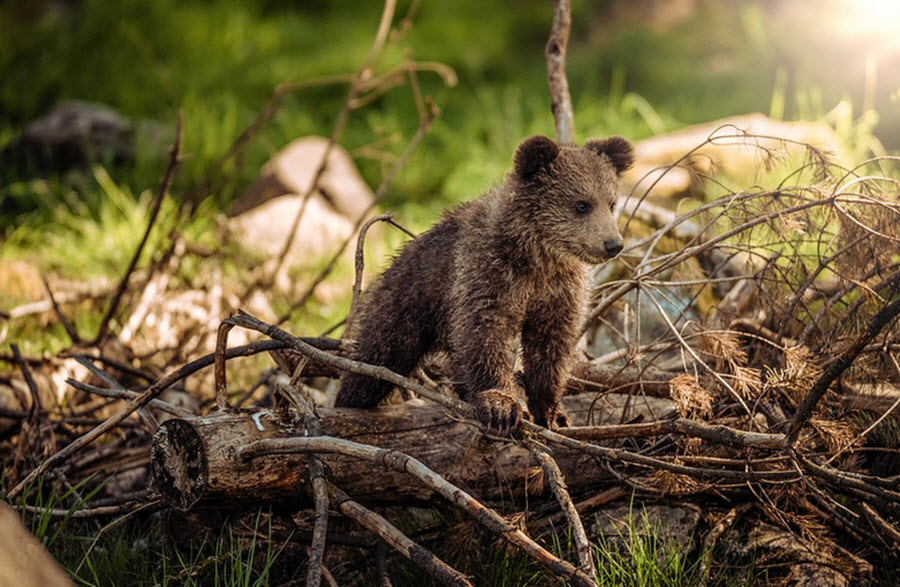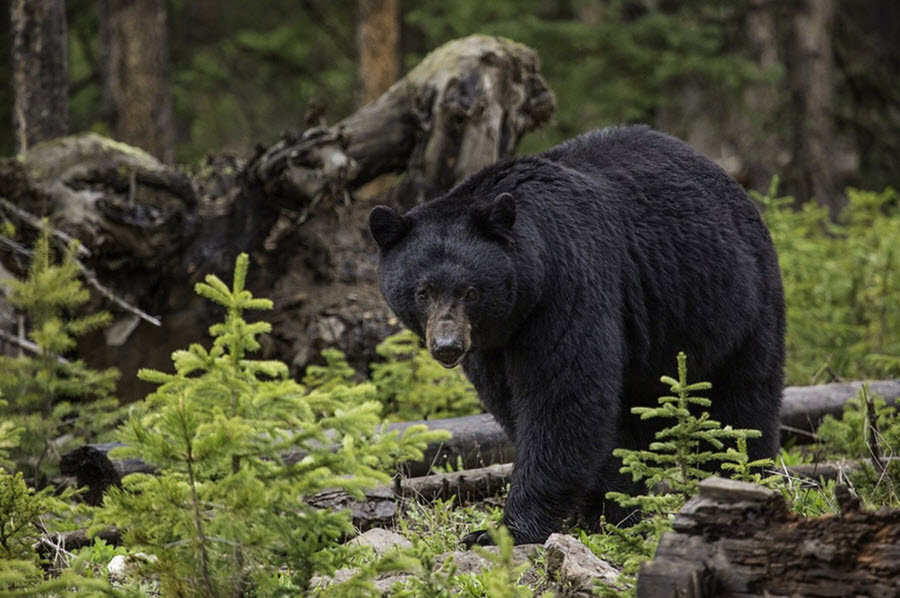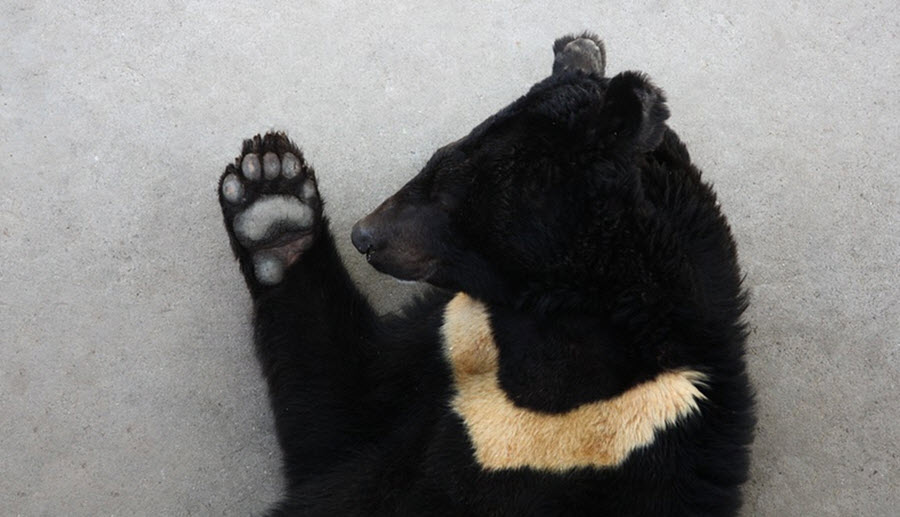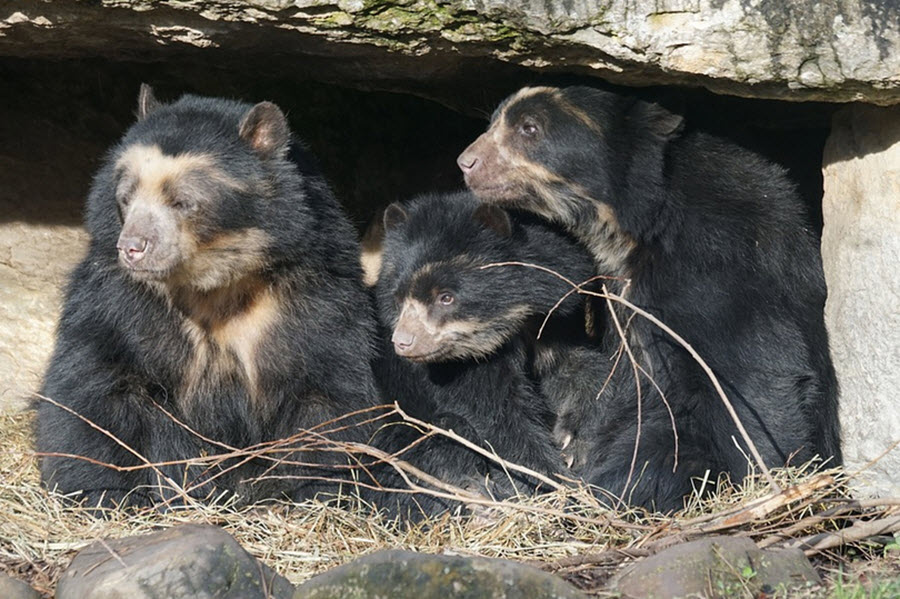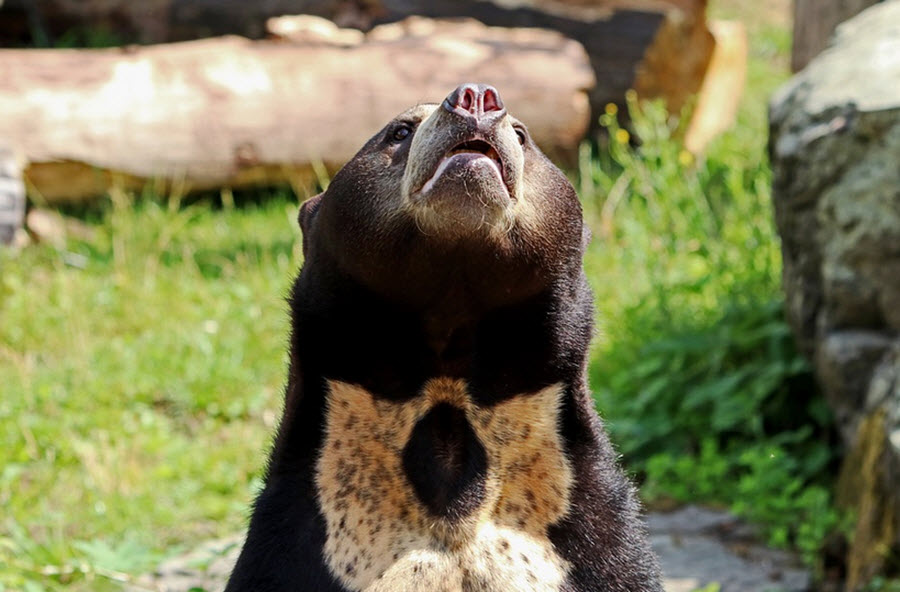Contents
Bear hibernation is a fascinating and complex process that allows these mammals to survive the winter months when food is scarce. Unlike the deep sleep that characterizes true hibernation in some small mammals, bears enter a state known as torpor. Torpor is a period of reduced metabolic activity, but it’s not as deep as the hibernation experienced by creatures like ground squirrels or bats. This state allows bears to reduce their energy needs significantly, surviving off their fat reserves without eating, drinking, defecating, or urinating for months.
Physiology of Bear Hibernation
During torpor, a bear’s heart rate drops from around 40-70 beats per minute to as low as 8-19 beats per minute, and their body temperature decreases slightly, though not as dramatically as in smaller hibernating animals. This reduced physiological state enables the bear to conserve energy. Remarkably, despite the decrease in physical activity and metabolism, bears can spontaneously awaken from this state and become fully alert if they sense danger.
Preparation for Hibernation
In preparation for winter, bears undergo a phase called hyperphagia in the fall, where they eat voraciously, significantly increasing their body fat to sustain them through the winter. This period of intense eating is critical for their survival, as the fat accumulated provides the energy required during the months of inactivity.
Hibernation Duration and Behavior
The duration of hibernation varies among species and is influenced by regional climate conditions. Bears may hibernate for up to 7 months in areas with harsh winters and food sources scarce. During this time, they retreat to dens, which can be in hollowed-out tree trunks, caves, dug-out holes in the ground, or even under fallen trees. Bears are not true sleepers throughout their hibernation; they can wake up and move around within their den, but they generally do not leave it.
Reproduction During Hibernation
An interesting aspect of bear hibernation is related to reproduction. Female bears can give birth during hibernation. They enter their dens pregnant and give birth to their cubs in mid-winter, usually between January and February. The newborn cubs are tiny, blind, and hairless. They depend entirely on their mother’s warmth and milk, which is rich in fat. The den provides a safe, warm environment for the cubs to grow until they emerge in the spring.
Post-Hibernation
Upon exiting hibernation, bears experience a gradual increase in their metabolic rate, which allows them to return to their normal physiological state over a few weeks. Initially, bears may be lethargic and spend time lying around as their body adjusts. They soon begin to search for food, focusing on easily digestible items as their digestive system restarts.
Conservation and Human Interaction
Understanding bear hibernation is crucial for conservation efforts and minimizing human-bear conflicts. As human activities encroach on bear habitats, respecting bear dens and hibernation periods is important to reduce disturbances. Proper management of food attractants in bear country can also help prevent bears from seeking food near human dwellings, especially as they emerge from hibernation and begin to forage.
Bear hibernation remains one of nature’s remarkable adaptations, showcasing the resilience and adaptability of these majestic creatures in the face of seasonal challenges.

